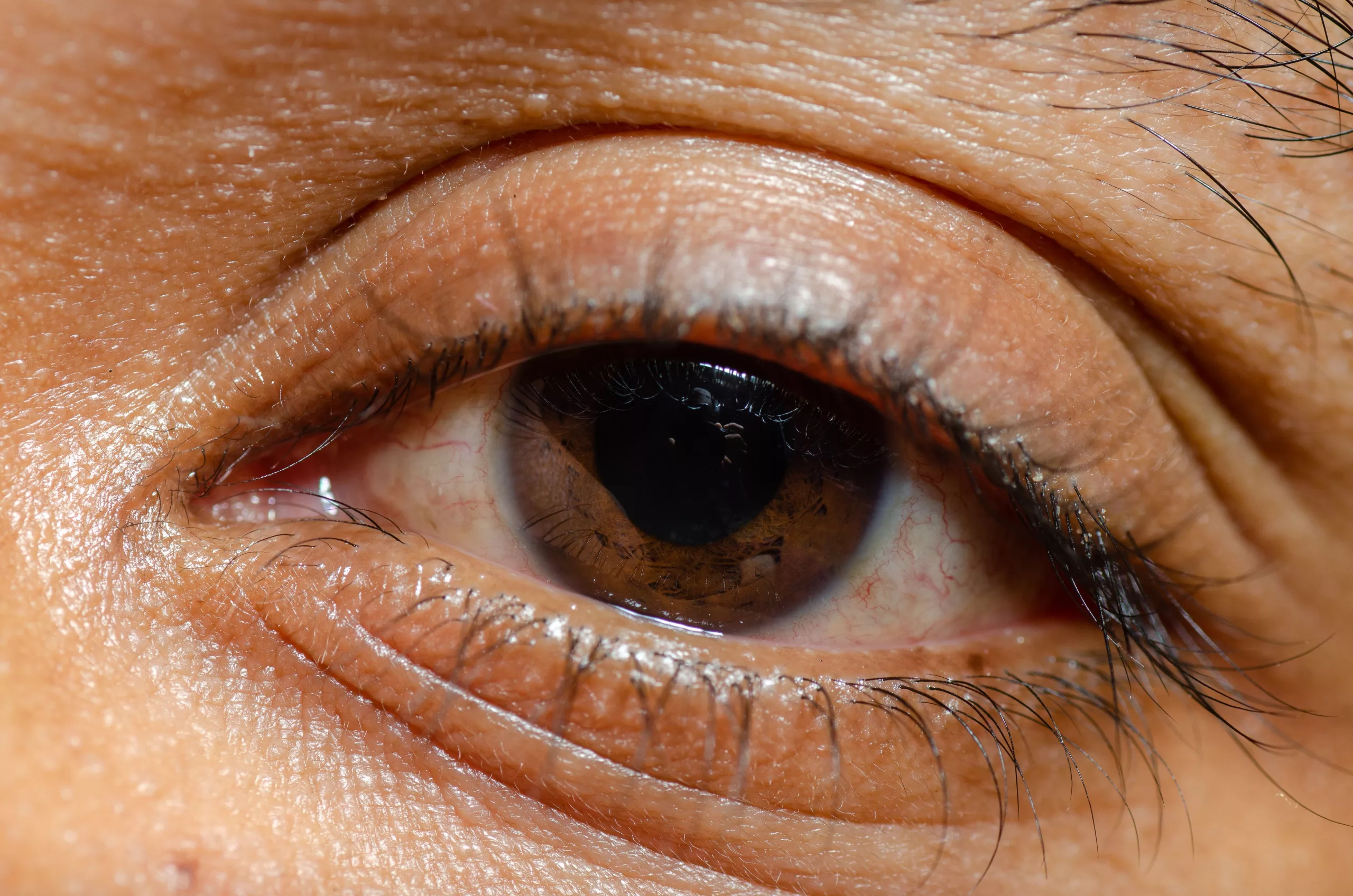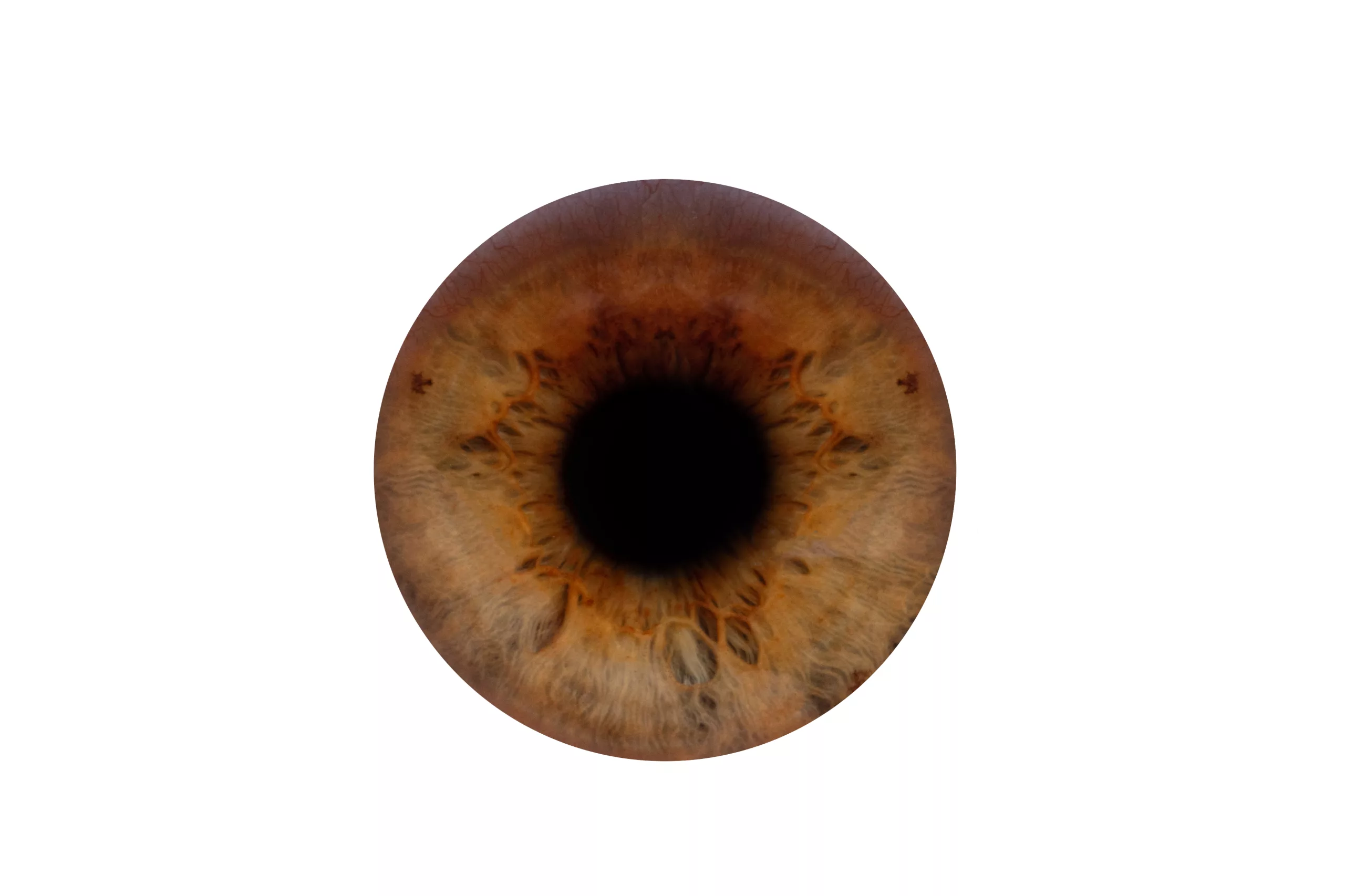Ocular Manifestations of Sly Syndrome
Introduction
Sly syndrome, also known as Mucopolysaccharidosis type VII (MPS VII), is a rare genetic disorder caused by a deficiency of the enzyme β-glucuronidase. This enzyme is essential for breaking down glycosaminoglycans (GAGs), complex sugar molecules found in the body. The accumulation of GAGs affects multiple systems, including the ocular system, leading to significant eye-related issues. In this article, we will explore the ocular manifestations of Sly syndrome, focusing on the impact on vision, diagnosis, management, and potential treatments.
Understanding Sly Syndrome and Its Genetic Basis
Sly syndrome is an autosomal recessive disorder, meaning that both parents must carry the defective gene for the child to inherit the condition. The accumulation of GAGs due to β-glucuronidase deficiency causes cellular damage and affects various tissues and organs, including the eyes. These GAGs accumulate in corneal tissues, retinal cells, and other parts of the ocular system, leading to progressive visual impairment.
Ocular Manifestations in Sly Syndrome
- Corneal Clouding
One of the most common ocular manifestations in Sly syndrome is corneal clouding. The buildup of GAGs within the corneal stroma leads to a hazy or cloudy appearance, which can significantly impair vision. The cornea may appear milky or have a grayish tint, making it difficult for light to pass through, reducing visual acuity. - Retinal Degeneration
Retinal degeneration is another potential complication in individuals with Sly syndrome. The accumulation of GAGs in retinal cells disrupts their normal functioning, leading to progressive retinal damage. Patients may experience night blindness, peripheral vision loss, and eventually, central vision impairment if untreated. - Glaucoma
Glaucoma, characterized by increased intraocular pressure (IOP), is a serious complication in Sly syndrome. The buildup of GAGs can obstruct the eye’s drainage system, preventing the normal outflow of aqueous humor, leading to elevated IOP. If left untreated, glaucoma can cause irreversible optic nerve damage and blindness. - Optic Nerve Atrophy
As a result of prolonged elevated intraocular pressure or direct effects of GAG accumulation, patients may develop optic nerve atrophy. The optic nerve, responsible for transmitting visual information from the eye to the brain, becomes damaged, leading to decreased visual function and potential blindness. - Conjunctival Involvement
In some cases, the conjunctiva, the clear tissue covering the white part of the eye, may also be affected by Sly syndrome. This may lead to conjunctival thickening or the presence of GAG deposits in this region, which can cause irritation or discomfort. - Refractive Errors
Children and adults with Sly syndrome may also present with refractive errors such as myopia (nearsightedness) or hyperopia (farsightedness). The structural changes in the eye due to GAG accumulation can alter the normal refractive properties of the eye, necessitating corrective lenses.
Diagnosis of Ocular Manifestations in Sly Syndrome
Early diagnosis of ocular issues in Sly syndrome is crucial for preserving vision and preventing irreversible damage. Diagnostic methods include:
- Slit-Lamp Examination
This non-invasive examination allows ophthalmologists to view the cornea, lens, and other anterior structures of the eye. It is essential in detecting corneal clouding and assessing its severity. - Fundus Examination
A comprehensive examination of the retina and optic nerve can reveal early signs of retinal degeneration or optic nerve damage. This can be done using ophthalmoscopy or advanced imaging techniques. - Tonometry
Measuring intraocular pressure is crucial in detecting glaucoma. Tonometry helps identify elevated IOP early, allowing for timely intervention to prevent optic nerve damage. - Visual Field Testing
Visual field tests help assess peripheral vision loss, which can be an early indicator of glaucoma or retinal degeneration. This test is particularly useful in monitoring disease progression. - Optical Coherence Tomography (OCT)
OCT is a non-invasive imaging test that provides high-resolution cross-sectional images of the retina. It is valuable in detecting retinal thickness changes and early retinal degeneration in patients with Sly syndrome.
Management of Ocular Manifestations in Sly Syndrome
Managing the ocular complications of Sly syndrome requires a multidisciplinary approach involving ophthalmologists, geneticists, and metabolic specialists. Treatment options include:
- Corneal Transplantation
In severe cases of corneal clouding, corneal transplantation may be considered. However, this procedure carries risks, particularly in individuals with systemic involvement. It is reserved for patients with significant visual impairment that cannot be corrected with other methods. - Glaucoma Management
Glaucoma can be managed with medications that reduce intraocular pressure, such as prostaglandin analogs, beta-blockers, or carbonic anhydrase inhibitors. In some cases, surgical intervention, such as trabeculectomy or drainage implant surgery, may be required to control IOP. - Enzyme Replacement Therapy (ERT)
Though primarily aimed at addressing systemic manifestations, enzyme replacement therapy may help reduce the accumulation of GAGs in ocular tissues, potentially slowing the progression of corneal clouding and other eye-related issues. - Low Vision Aids
For individuals experiencing significant visual impairment, low vision aids such as magnifying lenses, specialized lighting, and adaptive devices can help improve quality of life. - Regular Monitoring
Regular ophthalmologic examinations are critical for monitoring disease progression and making timely interventions. Patients with Sly syndrome should have comprehensive eye exams at least once a year, with more frequent visits if ocular complications are detected.
Potential Future Therapies
Research is ongoing to develop new therapies for Sly syndrome that could help alleviate ocular complications. Gene therapy and stem cell treatments are being explored as potential methods to restore β-glucuronidase activity and prevent GAG accumulation in the eyes. These treatments, while still in experimental stages, hold promise for improving the quality of life for patients with Sly syndrome in the future.
Conclusion
Ocular manifestations in Sly syndrome are a significant concern for patients and healthcare providers alike. Corneal clouding, retinal degeneration, glaucoma, and optic nerve atrophy can severely impact vision if not detected and managed early. By understanding the ocular complications of Sly syndrome and utilizing appropriate diagnostic and treatment strategies, healthcare providers can help preserve vision and improve the quality of life for individuals affected by this rare genetic disorder.
World Eye Care Foundation’s eyecare.live brings you the latest information from various industry sources and experts in eye health and vision care. Please consult with your eye care provider for more general information and specific eye conditions. We do not provide any medical advice, suggestions or recommendations in any health conditions.
Commonly Asked Questions
Ocular symptoms of Sly syndrome can appear in early childhood, but the onset and severity can vary between individuals. Corneal clouding may be noticeable in infants or young children, while other complications like glaucoma or retinal degeneration may develop later in life as the disease progresses.
Yes, prenatal testing for Sly syndrome is possible through amniocentesis or chorionic villus sampling (CVS) to detect mutations in the GUSB gene responsible for β-glucuronidase deficiency. However, ocular complications are usually identified postnatally.
No, the degree of vision loss varies widely. Some individuals may experience mild visual impairment, while others may suffer from significant vision loss due to severe corneal clouding, glaucoma, or retinal degeneration. Early intervention and regular monitoring can help manage these complications and preserve vision.
Corneal clouding caused by GAG accumulation is generally not reversible. However, management options like corneal transplantation can improve vision in severe cases. Enzyme replacement therapy (ERT) may also help slow the progression of corneal clouding.
Although cataracts are not a primary feature of Sly syndrome, the systemic buildup of GAGs can lead to abnormal changes in the lens, potentially increasing the risk of cataracts in some patients.
Glasses can correct refractive errors like myopia or hyperopia, but they cannot prevent or treat vision loss caused by other complications such as corneal clouding, retinal degeneration, or glaucoma associated with Sly syndrome.
Visual impairment from Sly syndrome can make daily activities such as reading, driving, and recognizing faces difficult. Patients may require low vision aids, special lighting, or assistive technologies to help with these tasks. In severe cases, individuals may no longer be able to drive due to vision loss.
Yes, individuals with Sly syndrome may face increased risks during eye surgeries, such as corneal transplantation or glaucoma surgery, due to systemic complications. These include poor wound healing, respiratory issues during anesthesia, and other factors related to the underlying metabolic disorder. Therefore, eye surgeries must be carefully planned and performed by experienced ophthalmic surgeons.
ERT is designed to reduce the accumulation of glycosaminoglycans (GAGs) in the body, potentially slowing the progression of ocular symptoms like corneal clouding and retinal degeneration. However, while ERT addresses systemic symptoms, its direct impact on reversing or significantly improving ocular manifestations is still limited and may vary from patient to patient.
Yes, many children with Sly syndrome can attend regular schools, but they may require accommodations based on their level of visual impairment. These can include larger print materials, magnifiers, assistive technology, and special seating arrangements to ensure they can fully participate in learning activities.
news via inbox
Subscribe here to get latest updates !








